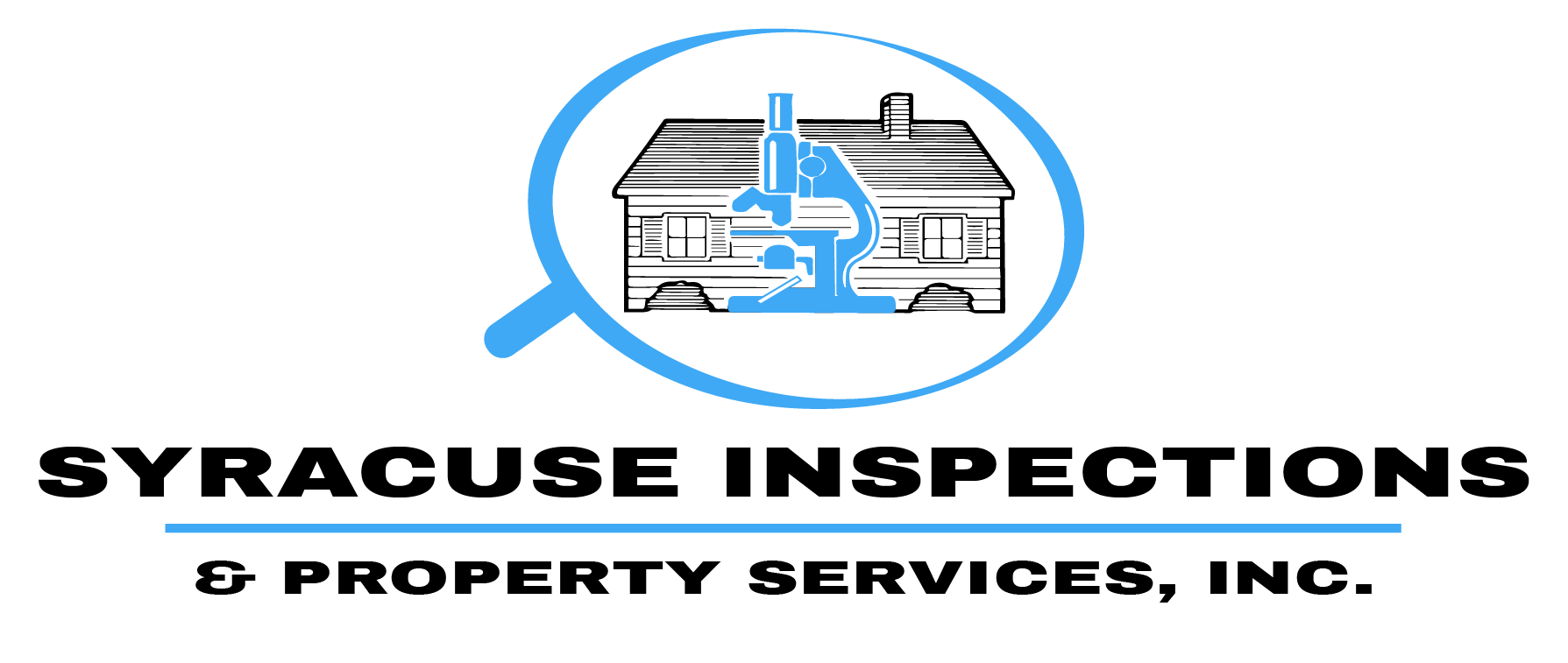



Radon is a carcinogenic gas that is hazardous to inhale. Build-up of radon in homes is a health concern and many lung cancer cases are attributed to radon exposure each year. About 12% of lung cancers and more than 21,000 Americans die of radon-related lung cancer each year. The Surgeon General of the United States has issued a Health Advisory warning Americans about the health risk from exposure to radon in indoor air.
Radon is a colorless, odorless radioactive gas. Radon is naturally occurring and is everywhere. Radon problems are more prevalent is some townships in Onondaga County. There is a radon map by township on our web site. When you breathe air containing radon, you increase your risk of getting lung cancer. The Surgeon General of the United States has warned that radon is the second leading cause of lung cancer in the United States today. If you smoke and your home has high radon levels, your risk of lung cancer is especially high.
Testing is the only way to find out your home’s radon levels. EPA and the Surgeon General recommend testing all homes for radon. The test is done in the lowest potential living area. An unfinished basement maybe the lowest potential living area even if it is not finished. If you find that you have high radon levels, there are ways to mitigate a high radon level. Even very high levels can be reduced to acceptable levels. Radon comes from the natural breakdown of uranium in rock and enters the home through air and water. Radon typically moves up through the ground to the air above and into your home through cracks and or holes in the foundation. Radon can also enter your home through well water.
Any home can have a radon problem. This means new and old homes, well-sealed and drafty homes, and homes with or without basements. Although unlikely even a home that has a radon mitigation system can have an elevated level.
The radon test result is important information about a home’s radon level and even a line item on the New York State Residential Disclosure Form. Although anyone can do a radon test you must be a New York State Department of Health Laboratory to read and interpret the results of the test. Syracuse Inspections and Property Services, Inc. is a New York State Department of Health licensed laboratory(Lic #11911) for radon testing.
For more information on radon go to:
If you have concerns about radon, call our office and schedule an appointment, we will be happy to help you.EPA protocol for short term radon testing in real estate transactions be maintained for 12 hours before the test starts and a minimum of 48 hours after the test starts. Basically you are emulating winter home conditions.
Not following these EPA protocols may require retesting the home.
If you have any questions please call or email us.
The map below is the New York State Department of Health map showing the probability of a home having elevated radon levels by township within Onondaga County.

If you have concerns about radon, call our office and schedule an appointment, we will be happy to help you.